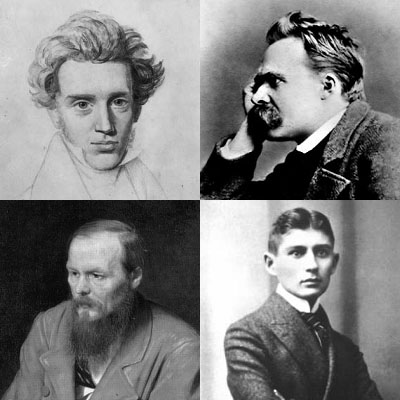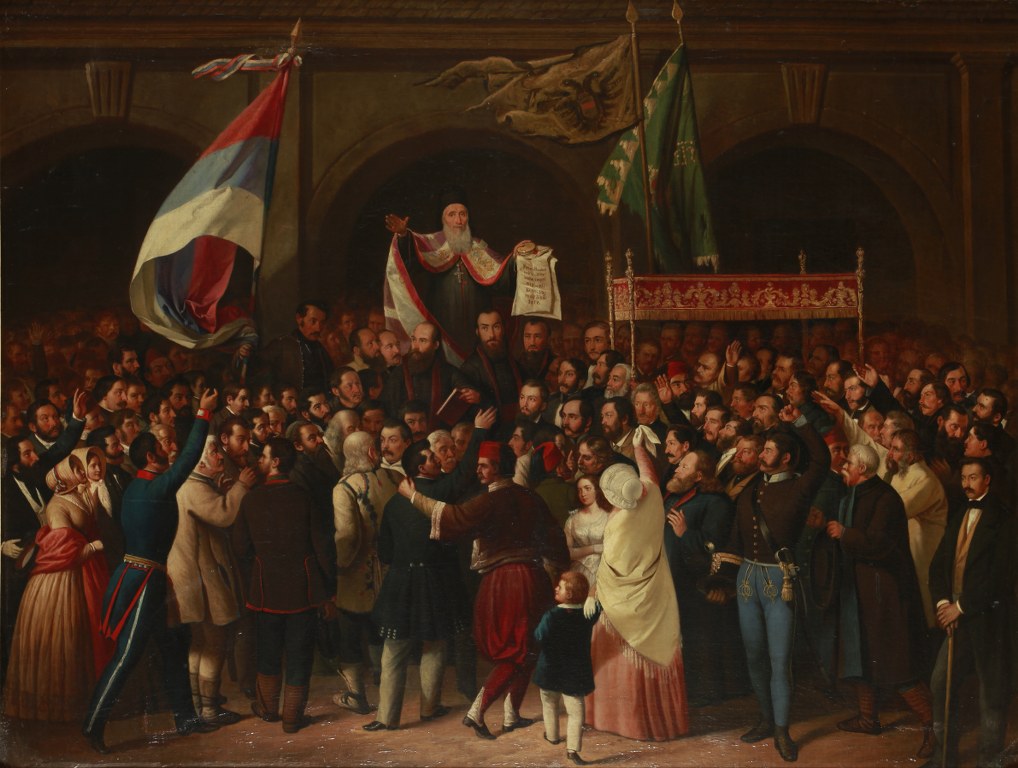|
Simo Elaković
Simo Elaković (Serbian Cyrillic: Симо Елаковић; born 1940 in Trebinje, SFRY – 10 July 2016) was a Serbian philosopher and Professor at University of Belgrade Faculty of Philosophy. Biography After earning his degree in philosophy from the University of Belgrade, he has continued further specialization in Germany. He has worked as professor at a gymnasium in Dubrovnik and in Sremski Karlovci. He has been elected as assistant at the University of Zagreb Faculty of Economics. He worked as a Professor of Sociology at the University of Zagreb Faculty of Philosophy, then he moved to Belgrade, where he reaches a Professor of Philosophy title. He was acting for head Department of Philosophy and simultaneously was a longtime Head of the History Department in the Philosophy Faculty, Belgrade. He also was a president of Serbian Philosophy Society. He is the author of books including: ''Filozofija kao kritika društva'' (Philosophy as a Critic of Society), ''Sociologija ... [...More Info...] [...Related Items...] OR: [Wikipedia] [Google] [Baidu] |
Serbian Cyrillic Alphabet
The Serbian Cyrillic alphabet (, ), also known as the Serbian script, (, ), is a standardized variation of the Cyrillic script used to write the Serbian language. It originated in medieval Serbia and was significantly reformed in the 19th century by the Serbian philologist and linguist Vuk Karadžić. The Serbian Cyrillic alphabet is one of the two official scripts used to write modern standard Serbian, the other being Gaj's Latin alphabet. Karadžić based his reform on the earlier 18th-century Slavonic-Serbian script. Following the principle of "write as you speak and read as it is written" (''piši kao što govoriš, čitaj kao što je napisano''), he removed obsolete letters, eliminated redundant representations of iotated vowels, and introduced the letter from the Latin script. He also created new letters for sounds unique to Serbian phonology. Around the same time, Ljudevit Gaj led the standardization of the Latin script for use in western South Slavic languages, appl ... [...More Info...] [...Related Items...] OR: [Wikipedia] [Google] [Baidu] |
Contemporary Philosophy
Contemporary philosophy is the present period in the history of Western philosophy beginning at the early 20th century with the increasing professionalization of the discipline and the rise of analytic and continental philosophy. The phrase "contemporary philosophy" is a piece of technical terminology in philosophy that refers to a specific period in the history of Western philosophy (namely the philosophy of the 20th and 21st centuries). However, the phrase is often confused with modern philosophy (which refers to an earlier period in Western philosophy), postmodern philosophy (which refers to some philosophers' criticisms of modern philosophy), and with a non-technical use of the phrase referring to any recent philosophic work. Professionalization Process Professionalization is the social process by which any trade or occupation establishes the group norms of conduct, acceptable qualifications for membership of the profession, a professional body or association to overse ... [...More Info...] [...Related Items...] OR: [Wikipedia] [Google] [Baidu] |
Academic Staff Of The University Of Belgrade
An academy (Attic Greek: Ἀκαδήμεια; Koine Greek Ἀκαδημία) is an institution of tertiary education. The name traces back to Plato's school of philosophy, founded approximately 386 BC at Akademia, a sanctuary of Athena, the goddess of wisdom and Skills, skill, north of Ancient Athens, Athens, Greece. The Royal Spanish Academy defines academy as scientific, literary or artistic society established with public authority and as a teaching establishment, public or private, of a professional, artistic, technical or simply practical nature. Etymology The word comes from the ''Academy'' in ancient Greece, which derives from the Athenian hero, ''Akademos''. Outside the city walls of Athens, the Gymnasium (ancient Greece), gymnasium was made famous by Plato as a center of learning. The sacred space, dedicated to the goddess of wisdom, Athena, had formerly been an olive Grove (nature), grove, hence the expression "the groves of Academe". In these gardens, the philos ... [...More Info...] [...Related Items...] OR: [Wikipedia] [Google] [Baidu] |
Philosophy Writers
Philosophy ('love of wisdom' in Ancient Greek) is a systematic study of general and fundamental questions concerning topics like existence, reason, knowledge, value, mind, and language. It is a rational and critical inquiry that reflects on its methods and assumptions. Historically, many of the individual sciences, such as physics and psychology, formed part of philosophy. However, they are considered separate academic disciplines in the modern sense of the term. Influential traditions in the history of philosophy include Western, Arabic–Persian, Indian, and Chinese philosophy. Western philosophy originated in Ancient Greece and covers a wide area of philosophical subfields. A central topic in Arabic–Persian philosophy is the relation between reason and revelation. Indian philosophy combines the spiritual problem of how to reach enlightenment with the exploration of the nature of reality and the ways of arriving at knowledge. Chinese philosophy focuses principally on ... [...More Info...] [...Related Items...] OR: [Wikipedia] [Google] [Baidu] |
21st-century Serbian Philosophers
File:1st century collage.png, From top left, clockwise: Jesus is crucified by Roman authorities in Judaea (17th century painting). Four different men (Galba, Otho, Vitellius, and Vespasian) claim the title of Emperor within the span of a year; The Great Fire of Rome (18th-century painting) sees the destruction of two-thirds of the city, precipitating the empire's first persecution against Christians, who are blamed for the disaster; The Roman Colosseum is built and holds its inaugural games; Roman forces besiege Jerusalem during the First Jewish–Roman War (19th-century painting); The Trưng sisters lead a rebellion against the Chinese Han dynasty (anachronistic depiction); Boudica, queen of the British Iceni leads a rebellion against Rome (19th-century statue); Knife-shaped coin of the Xin dynasty., 335px rect 30 30 737 1077 Crucifixion of Jesus rect 767 30 1815 1077 Year of the Four Emperors rect 1846 30 3223 1077 Great Fire of Rome rect 30 1108 1106 2155 Boudican revolt ... [...More Info...] [...Related Items...] OR: [Wikipedia] [Google] [Baidu] |
1940 Births
A calendar from 1940 according to the Gregorian calendar, factoring in the dates of Easter and related holidays, cannot be used again until the year 5280. Events Below, events related to World War II have the "WWII" prefix. January *January 4 – WWII: Luftwaffe Chief and Generalfeldmarschall Hermann Göring assumes control of most war industries in Nazi Germany, Germany, in his capacity as Plenipotentiary for the Four Year Plan. *January 6 – WWII: Winter War – General Semyon Timoshenko takes command of all Soviet forces. *January 7 – WWII: Winter War: Battle of Raate Road – Outnumbered Finnish troops decisively defeat Soviet forces. *January 8 – WWII: **Winter War: Battle of Suomussalmi – Finnish forces destroy the 44th Rifle Division (Soviet Union), Soviet 44th Rifle Division. **Food rationing in the United Kingdom begins; it will remain in force until 1954. *January 9 – WWII: British submarine is sunk in the Heligoland Bight. *January 10 – WWII: Mechele ... [...More Info...] [...Related Items...] OR: [Wikipedia] [Google] [Baidu] |
Sociology
Sociology is the scientific study of human society that focuses on society, human social behavior, patterns of Interpersonal ties, social relationships, social interaction, and aspects of culture associated with everyday life. The term sociology was coined in the late 18th century to describe the scientific study of society. Regarded as a part of both the social sciences and humanities, sociology uses various methods of Empirical research, empirical investigation and critical analysis to develop a body of knowledge about social order and social change. Sociological subject matter ranges from Microsociology, micro-level analyses of individual interaction and agency (sociology), agency to Macrosociology, macro-level analyses of social systems and social structure. Applied sociological research may be applied directly to social policy and welfare, whereas Theory, theoretical approaches may focus on the understanding of social processes and phenomenology (sociology), phenomenologic ... [...More Info...] [...Related Items...] OR: [Wikipedia] [Google] [Baidu] |
Faculty Of Economics And Business, University Of Zagreb
Faculty of Economics and Business, University of Zagreb () is a public-owned faculty (business school) among 31 faculties and 3 art academies that together form one of the oldest public universities in Southeast Europe, the University of Zagreb. The Faculty of Economics & Business started in 1920, when the College of Commerce and Transport was founded. The name Faculty of Economics and Business was given in 1947. Throughout history, the locations and names of the Faculty have been changed. Faculty of Economics & Business holds two international accreditations - EPAS accreditation for University bachelor's degree study program in Business, and AACSB Business accreditation. Faculty of Economics & Business is the first faculty within the University of Zagreb to have a Certificate of quality management system according to the international standard ISO 9001: 2015. History Faculty of Economics & Business was founded on June 17, 1920, as ''Higher School of Commerce and Transport'' wi ... [...More Info...] [...Related Items...] OR: [Wikipedia] [Google] [Baidu] |
Trebinje
Trebinje ( sr-Cyrl, Требиње, ) is a city and municipality in Republika Srpska, Bosnia and Herzegovina. It is the southernmost city in Bosnia and Herzegovina and is situated on the banks of the Trebišnjica river in the region of East Herzegovina. As of 2013, it has a population of 31,433 inhabitants. The city's old town quarter dates to the 18th-century Ottoman period and includes the Arslanagić Bridge, also known as Perovića Bridge. Geography Physical geography The city lies in the Trebišnjica river valley, at the foot of Leotar, in southeastern Herzegovina, some by road from Dubrovnik, Croatia, on the Adriatic coast. There are several watermill, mills along the river, as well as several bridges, including three in the city of Trebinje itself, as well as a historic Ottoman Empire, Ottoman Arslanagić Bridge nearby. The river is heavily exploited for hydro-electric energy. After it passes through the Popovo polje, Popovo Polje area southwest of the city, the river ... [...More Info...] [...Related Items...] OR: [Wikipedia] [Google] [Baidu] |
University Of Zagreb
The University of Zagreb (, ) is a public university, public research university in Zagreb, Croatia. It is the largest Croatian university and one of the oldest continuously operating universities in Europe. The University of Zagreb and the University North are the only public universities operating in Northern Croatia, Northern and Central Croatia. The history of the University began on September 23, 1669, when the Holy Roman Emperor Leopold I, Holy Roman Emperor, Leopold I issued a decree granting the establishment of the ''Jesuit Academy of the Royal Free City of Zagreb''. The decree was accepted at the Council of the Croatian Kingdom on November 3, 1671. The Academy was run by the Jesuits for more than a century until the order was dissolved by Pope Clement XIV in 1773. In 1776, Empress Maria Theresa issued a decree founding the ''Royal Academy of Science'' which succeeded the previous Jesuit Academy. Bishop Josip Juraj Strossmayer proposed the founding of a University to the ... [...More Info...] [...Related Items...] OR: [Wikipedia] [Google] [Baidu] |
Sremski Karlovci
Sremski Karlovci ( sr-Cyrl, Сремски Карловци, ) is a town and municipality located in the South Bačka Districtautonomous province of Vojvodina, Serbia. It is situated on the banks of the Danube, from Novi Sad. According to the 2022 census results, it has a population of 7,872 inhabitants. The town has traditionally been known as the seat of the Patriarchate of Karlovci, Serbian Orthodox Church in the Habsburg Monarchy. It was the political and cultural capital of Serbian Vojvodina after the May Assembly and during the Revolution in 1848. Name In Serbian language, Serbian, the town is known as ''Sremski Karlovci'' (Сремски Карловци), in Croatian language, Croatian as ''Srijemski Karlovci'', in German language, German as ''Karlowitz'' or ''Carlowitz'', in Hungarian language, Hungarian as ''Karlóca'', in Polish language, Polish as ''Karłowice'', in Romanian language, Romanian as ''Carloviț'' and in Turkish language, Turkish as ''Karlofça''. The form ... [...More Info...] [...Related Items...] OR: [Wikipedia] [Google] [Baidu] |








